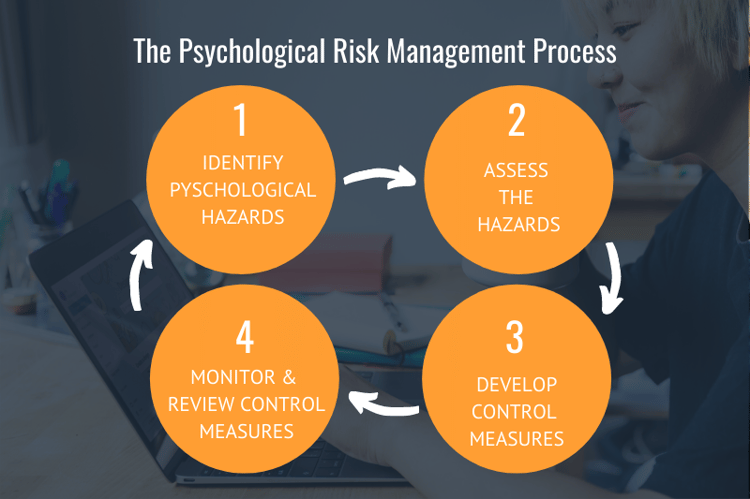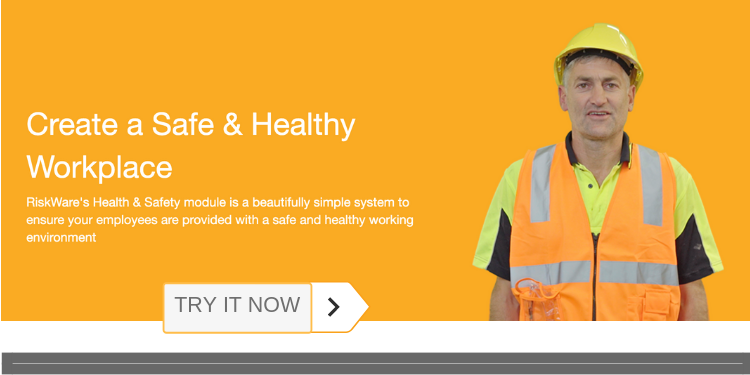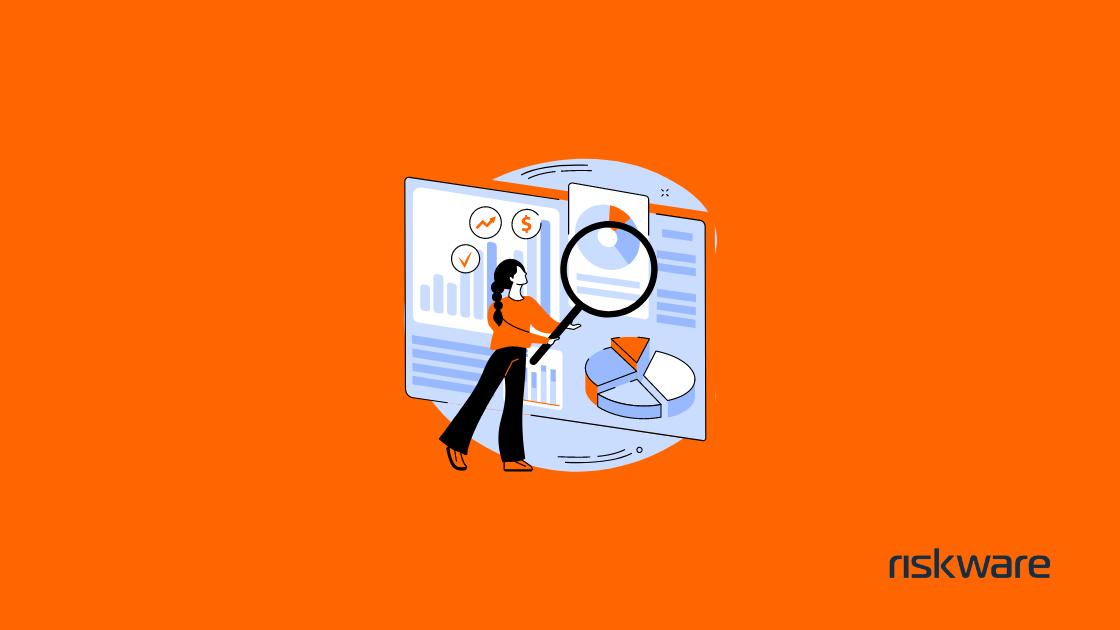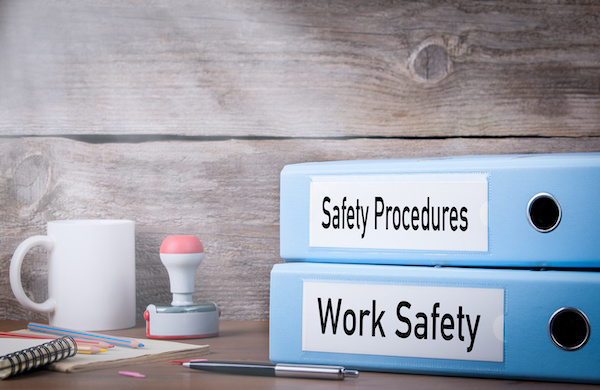According to the WHS Act, organisations are legally obligated to protect both their employees’ physical and psychological health. In other words, just as organisations must do what is reasonably practical to eliminate and reduce the risk of physical hazards, the same must be done for psychological hazards.

Given the past 18 months have been anything but smooth thanks to the coronavirus pandemic, most people have experienced high levels of stress and anxiety. Even as we start returning to work and life resumes some sort of normalcy, those feelings don't just disappear and navigating 'the new normal' can be equally difficult for some. While companies can't necessarily relieve personal stress, they can work to ensure that additional stress is not created by work.
Before we discuss how to manage psychological risk, let's address what psychological risk is and common psychological hazards. Psychological risk is the possibility for psychological injury to occur when exposed to a hazard. Hazards from a psychological perspective are situations or factors that could increase the likelihood of employees experiencing a stress response - essentially a physical, mental or emotional reaction. While a stress response is not considered a psychological injury itself, excessive or prolonged stress can often lead to psychological or even physical injury.
Regular stress and psychological injuries can have a snowball effect for companies. The negative impact can not only lead to mental health issues for the individual, but more unplanned absences, higher staff turnover, lack of engagement or withdrawal from work and errors in work.
While hazards differ from workplace to workplace, elements that inflict psychological harm generally fall into one of the following categories:
- Environmental: These hazards tend to be physical that affect a worker's comfort in the workplace. This could include poor air quality, extreme noise or temperatures, unsafe machinery, among others.
- Organisational: These hazards have to do with management and how things are done within an organisation. Common organisational hazards include high job demand, lack of support from supervisors or colleagues, bullying, lack of control over one's job, lack of clarity with a role, poor communication about changes within an organisation and lack of reward and recognition.
- Individual: People are impacted by factors differently. What harms one worker might not harm another, at least not to the same extent. For example, a fast-paced job may be less stress for an older, more experienced person, but very overwhelming to a younger, less experienced person.
Now that you have a better idea of what psychological risk encompasses, you can make sure you are managing it properly within your organisation.
Managing psychological risk
To manage psychological risk at your workplace, your organisation can follow the same familiar risk management process that is applied to physical hazards.
1. Identify the hazards that could inflict psychological harm
As mentioned previously, the types of psychological hazards to look out for vary from industry to industry and company to company. Nevertheless, just as you would work to identify physical hazards, your organisation must work to identify psychological hazards. A key part of identifying risks is consulting with workers, both one-on-one and in groups, to get genuine feedback. This will help determine the true issues and verify any observations your management team has had. You should also review incident reports, staff complaints, staff absenteeism and turnover to detect any notable trends.
2. Assess the risks of the hazards to prioritise
Once you have identified risks, the next step is to do a risk assessment. For this, the goal is to determine the level of risk that the hazard presents, so you can prioritise which control measures should be implemented first. To assess the level of risk, first consider the likeliness the hazard will inflict harm. For example, bullying by an individual or group of individuals is more likely to lead to damaging psychological injury than a minor disagreement between coworkers, so in that case the bullying should be addressed first. Secondly, you want to consider the frequency and intensity of exposure to the hazard. In other words, ask if the hazard something people are facing for days on end without relief and the exposure is severe. If so, it needs to be managed more quickly than something that isn't as frequent. For instance, if work stress is at a constant high, that stress will likely cause more harm than perhaps not providing enough recognition to workers.
3. Control the risks
Now that the risks have been identified and prioritised, measures can be put in place to control them. As noted, an organisation has an obligation to eliminate or mitigate the psychological risk as far as is reasonably practical. When it comes to managing psychological risk, often a mix of controls will be needed and as the Hierarchy of Risk Controls suggests, relying on people's behaviour should be the last resort. As explained by SafeWork Australia, "the aim [for control measures] is to achieve the best fit between working environment, the systems of work and the needs and capabilities of workers." Here are some examples of control measures for psychological hazards.
| Psychological Hazard |
Control Measures |
| Poor workplace conditions |
Increase lighting in darker areas, install better ventilation, sound proof rooms for quiet and privacy, reduce time exposed to conditions
|
| High job demand |
Consult with workers when determining goals and targets, develop timeframes for projects, hire more people if needed, enforce planning to ensure work promised is feasible |
| Bullying/workplace harassment |
Implement policies and procedures for workplace behaviour and misconduct, require training about policies, procedures and behaviours, provide systems for workers to report inappropriate behaviour, provide support systems such as mentors or buddies |
| Poor job clarity |
Consult with workers on jobs that need to be filled and the duties involved, have defined job roles so scope and expectations are clear, provide proper induction training when a new person starts a role |
4. Monitor and review your control measures
As with physical hazards, the control measures for preventing or eliminating psychological risk also need to be regularly reviewed - and perhaps even monitored more closely given psychological harm can be less obvious than physical harm. Control measures absolutely need to be reviewed when a psychological injury happens, prior to making organisational changes and if new information surfaces that suggests a control measure may no longer be effective. By reviewing control measures frequently, you are more likely to catch an issue sooner and intervene before there is psychological injury.
Quite possibly the most important part of managing psychological risks is open and ongoing communication within your workforce. By consulting with your employees and encouraging the sharing of information, not only will you be more aware of psychological hazards but you'll have the input you need to entirely prevent or reduce the likelihood of injury. As we always say, your first priority is your people.
Ready to see how RiskWare helps manage your risks?
Book a time with one of our Risk Specialists to learn why millions of users around Australia trust RiskWare to manage their organisations risks.

|








Comments